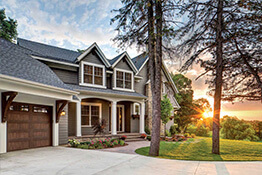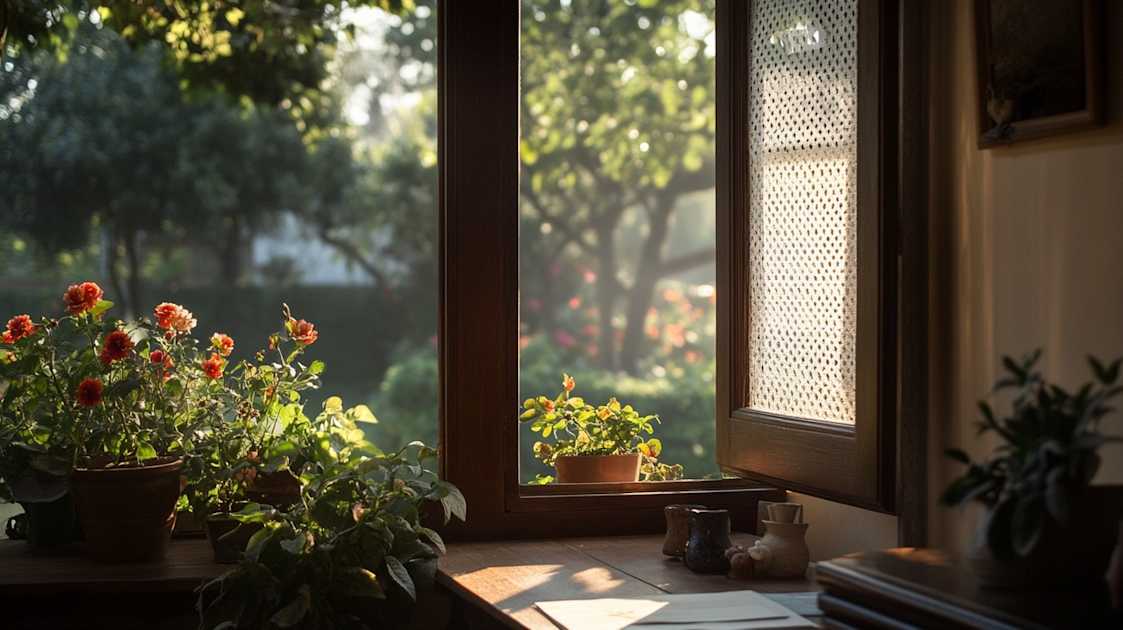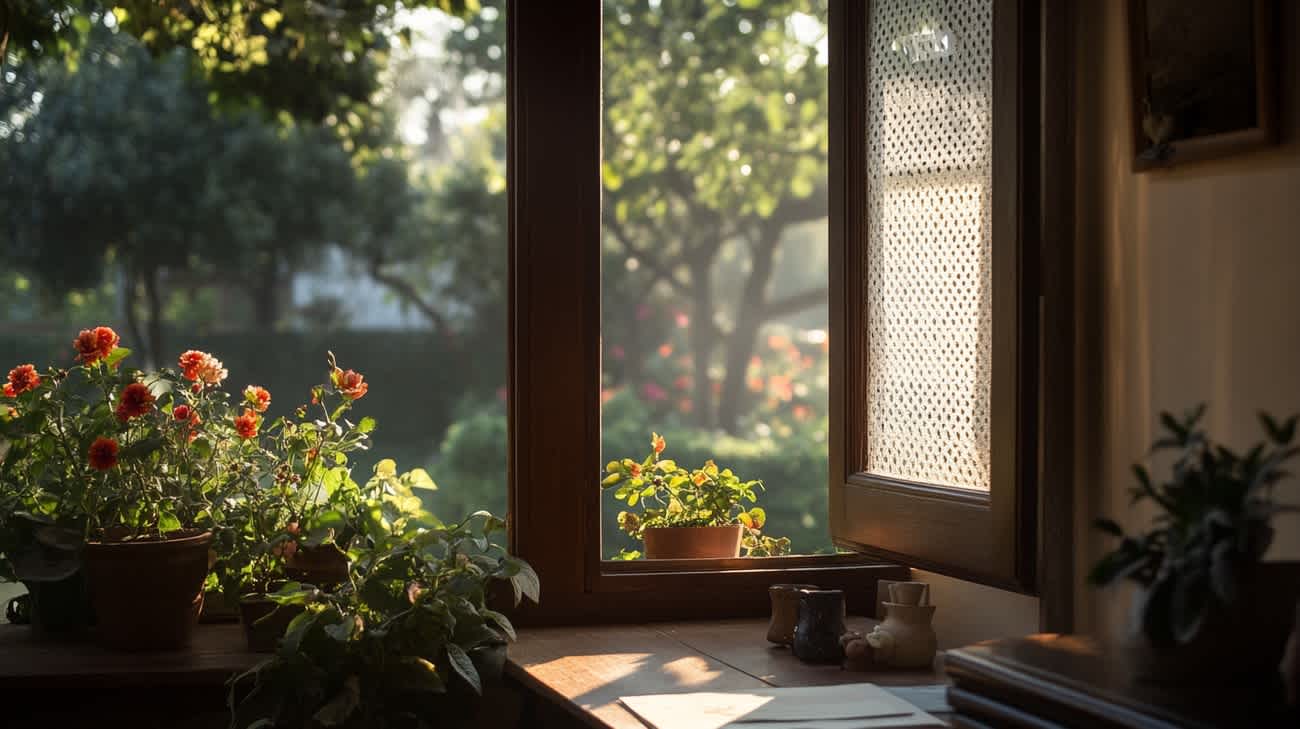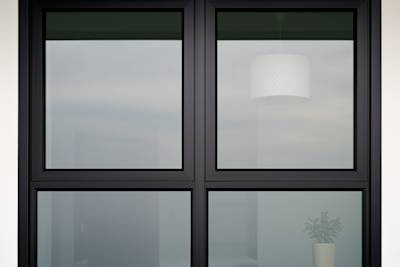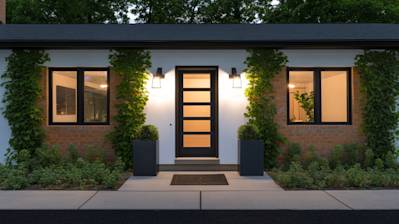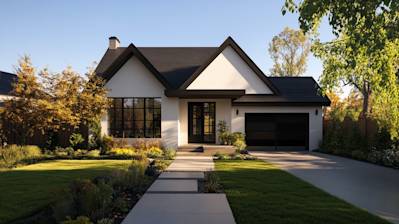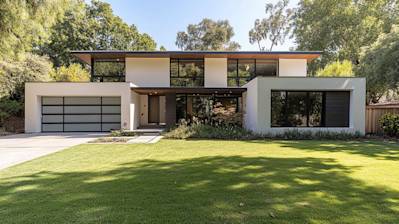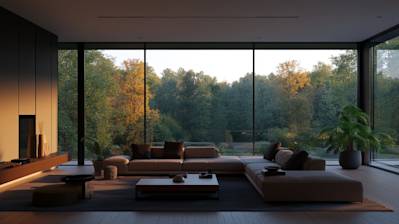Window framing serves a fundamental role not only in supporting the structure of your windows but also in influencing their aesthetic appeal and energy efficiency. Whether you're a homeowner desirious for a home renovation or a professional builder, understanding the critical elements of window framing assists in making well-informed decisions. This immersive blog piece guides you through the different types of window framing, offering comprehensive information to enhance your knowledge about window frames.
Why Window Framing is Fundamental to Your Home
Windows are more than just see-through structures allowing light into your home; they augment comfort and energy efficiency. Window framing plays a notable role in achieving this:
- Structural Support: Window frames offer the necessary support and stability, holding the window in place to withstand different weather conditions.
- Aesthetic Appeal: Window frames significantly contribute to a home's aesthetic, offering a chance to enhance your home's architectural appeal.
- Energy Efficiency: Well-insulated window frames greatly prevent heat loss, offering better energy efficiency and comfort.
With such critical aspects, it becomes understandable why picking the right window frame for your building or renovation project is vital.
Unveiling the Different Types of Window Frames
Timber or Wooden Window Frames
Timber frames have been the traditional option for years. They add a timeless and sophisticated look to your home.
- With the right treatment and care, these frames can offer excellent durability.
- Since wood is naturally insulating, wooden window frames provide exceptional energy efficiency.
However, they demand significant maintenance efforts, including regular painting or staining to prevent rot and decay.
Aluminium Window Frames
Aluminium window frames are appreciated for their durability and low maintenance characteristics.
- Aluminium has robust properties, making frames highly durable.
- The frames hardly require any painting or staining.
Nonetheless, they are not energy-efficient due to their high heat conduction and are more suitable in milder climates.
Vinyl Window Frames
Vinyl window frames are increasingly popular due to their cost-effectiveness and energy efficiency.
- They need very low maintenance after installation.
- The frames excel at thermal insulation, closely rivalling wooden window frames.
However, color options for vinyl frames are typically restricted, limiting customization options.
Composite Window Frames
Composite frames combine the best characteristics of wood and aluminium.
- They offer the aesthetic appeal of wooden frames and the low maintenance of aluminium frames.
- Composite frames possess excellent thermal insulation, contributing to energy efficiency.
Still, they might be more costly compared to the other options.
Understanding Energy Efficiency in Window Framing
Whichever style of frame you opt for your home, ensuring energy efficiency is crucial. It's not just about achieving an eco-friendly home but saving on heating and cooling costs.
Energy Star Rating
It's advisable to look out for frames that meet the Energy Star rating. Windows with Energy Star certification have been evaluated and established to offer substantial heat gain and heat loss control compared to non-certified products.
Double-Pane Window Frames
Windows with double-pane frames offer a higher degree of insulation than their single-pane counterparts. They consist of two sheets of glass with a spacer that separates them, reducing total heat transfer.
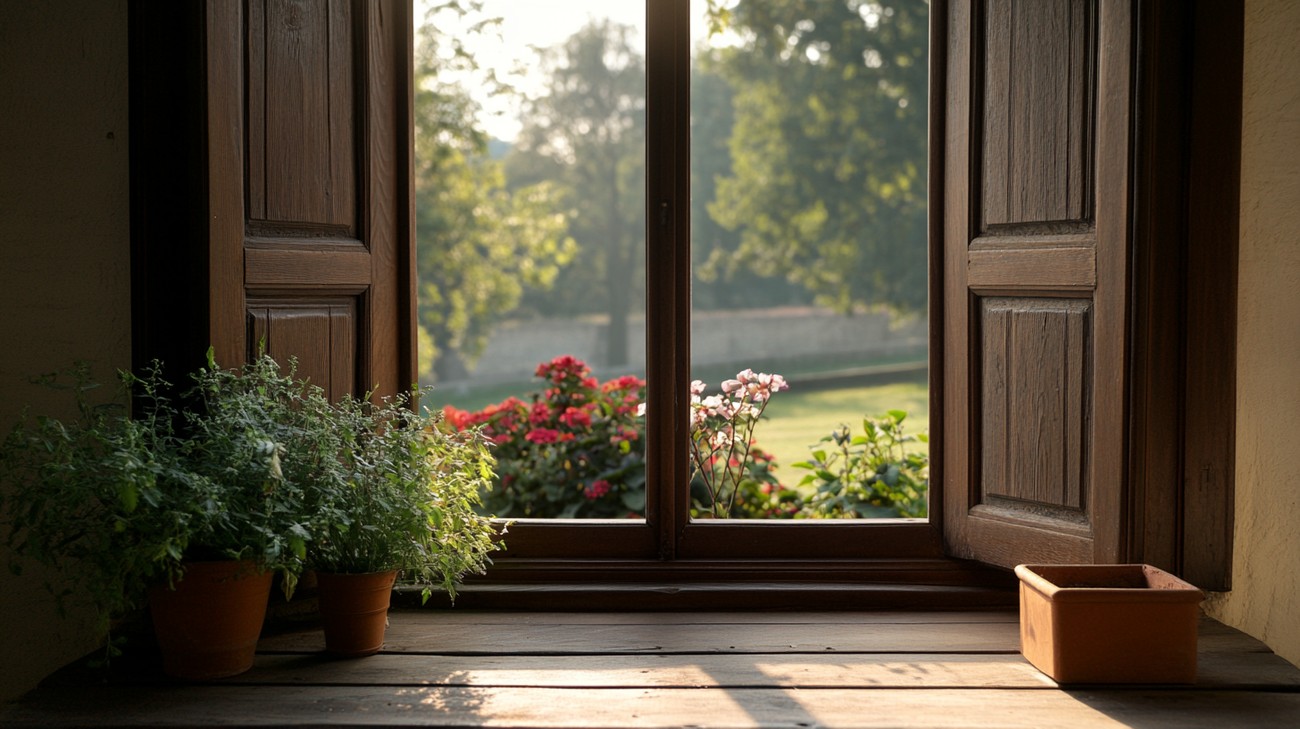
Frequently Asked Questions about Window Framing
Is it possible to do window framing by myself? Or do I need a professional?
While it's possible to carry out window framing as a DIY project, it's not for the faint-hearted or inexperienced. Framing a window involves careful measurement, proper tool handling, ensuring square and plumb frames, and understanding load-bearing walls. If you're not comfortable with these aspects, it's advised to hire a professional.
How much does window framing typically cost?
The cost of window framing can vary depending on factors like the type and size of window, framing material, type of glazing, labor costs, and geographical location. It can range anywhere from a few hundred dollars to several thousand dollars. It's advisable to get estimates from several contractors to understand the potential costs better.
How long does it take to frame a window?
The duration taken for window framing can vary based on complexity. A simple replacement of an existing window frame can take a few hours, while framing a new window from scratch on a wall might take a day. In complex cases or if multiple windows are getting framed, it could take a few days.
How does window framing contribute to energy efficiency?
Window framing is crucial to energy efficiency as it plays a large role in minimizing air leakage and optimizing insulation. Depending on the material used, it can help lower energy bills by reducing the need for heating and cooling. For instance, wood and vinyl frames typically have higher insulating properties than aluminum frames.
Is there a particular type of window framing that is best for noise reduction?
Frames that reduce noise typically have two main qualities: they are made from a dense material and are well sealed. Wood and vinyl window frames are generally good options for noise reduction due to their density. Additionally, having proper airtight sealing also plays a crucial role in blocking noise.
What are the main points to consider when selecting a window frame?
When selecting a window frame, consider factors like the architectural style of your home, your budget, energy efficiency needs, local climate, maintenance requirements, and personal preferences. All these factors would help you make a well-informed decision.
What is the lifespan of a typical window frame?
Depending on the material used and maintenance provided, a typical window frame can last anywhere from 20 to 40 years or more. For example, well-maintained wooden frames can last for decades, while aluminum or vinyl frames may have a slightly shorter lifespan.
How to properly maintain window frames?
Proper maintenance of window frames depends on the material. Wood frames need regular painting or staining to guard against rot and insects. Aluminum frames should be cleaned periodically and any scratches need to be repaired to prevent oxidation. Vinyl and fiberglass frames require the least amount of maintenance but should be cleaned to remove grime and dirt.

Pros of Window Framing
Enhances the Aesthetic Appeal
One of the significant advantages of window framing is the aesthetic appeal they bring to your house. With a range of designs and materials available, they can complement any architectural style, be it modern or traditional. You can choose the frame that suits your taste and matches the overall decor of your home.
Provides Structural Support
Window frames provide the crucial structural support that holds the window in place. They bear the weight of the glass and protect it from impacts. This strength and capacity to withstand pressure, particularly in case of larger windows, is a valuable quality provided by window frames.
Increases Energy Efficiency
Window frames play a significant role in maintaining the energy efficiency of your home. When installed correctly, they help to reduce air leaks and drafts, keeping your house warmer in the winter and cooler in the summer. Some materials, like vinyl and wood, have excellent insulating properties, contributing to energy efficiency.
Helps Reduce Noise
Window frames can also help reduce outside noise from filtering into your home, providing a quiet and peaceful living space. This is especially beneficial for homes near busy roads or commercial areas.
Long Lasting
Depending on the material chosen, window frames can be incredibly durable and long-lasting. For instance, aluminium and vinyl frames are resistant to rust, corrosion, and termites, ensuring that they last for many years with minimal maintenance.
Versatility
With window framing, you have a plethora of choices. They come in a variety of sizes, designs, shapes, and colors. This versatility allows you to customize your windows according to your preferences and needs.
Cons of Window Framing
Cost
While window framing offers numerous benefits, it can be quite costly, especially when considering high-quality materials like wood or aluminium. The total cost also includes installation charges, which can increase depending upon the complexity of the installation process.
Maintenance
Some window frames, particularly wooden ones, require regular maintenance to keep them in the best condition. This maintenance can include painting or varnishing periodically to prevent warping, decaying, and damage from pests such as termites.
Installation Time
Window framing can be a time-consuming process. The exact time required largely depends on the type of window frames, their size, and the total number of windows. Additionally, mistakes in the installation process could lead to problems down the line, including leaks and drafts.
Replacement Issues
If a part of the window frame is damaged, often the whole frame needs to be replaced which can be a lengthy and expensive process. Repairing just a section of the frame is not usually recommended as it may lead to structural instability.
Energy Efficiency Depends on Material
While window framing can increase energy efficiency, this largely depends on the material used. For instance, aluminium frames conduct heat quickly, which might not be the best choice for energy conservation. Therefore, the choice of material is critical.
Impact on Natural Light
Though this might not always be a downside, window frames can sometimes block a portion of natural light, depending on the size and design of the frame. This could make your rooms appear darker, especially if the frames are large or overly ornate.
Limitations in Design Modifications
While window frames do offer a lot of versatility, once you have selected a particular design and had it installed, making changes to it can be challenging. Minor modifications might be feasible, but any major changes would likely require complete replacement of the frames.

Myths / Misconceptions about Window Framing
Often, in the realm of home construction and renovation, certain misconceptions and myths about window framing prevail. These misunderstandings can lead individuals to make uninformed decisions, often resulting in avoidable errors that could be costly and time-consuming to fix. Let’s attempt to debunk some of these misconceptions.
Myth 1: All Window Frames Are the Same
Misconception
One common myth is that all window frames, regardless of their material, perform the same functions and have the same levels of durability.
Fact
The reality is that window frames can drastically differ in their performance and longevity based on their construction material. For instance, while wood frames may give a classic aesthetic appeal, they might require more maintenance and have a lower lifespan in comparison to vinyl or aluminum frames. Therefore, each window frame material comes with its own advantages and disadvantages.
Myth 2: Bigger is Always Better
Misconception
Another myth suggests that larger windows, with larger frames, provide better views and thus are always superior to smaller windows.
Fact
While larger windows can indeed provide more impressive views, other factors such as the structural integrity of the wall, insulation of the house and privacy issues must also be taken into consideration. In addition, bigger windows necessitate larger, and potentially more expensive, window frames.
Myth 3: Window Frames Don’t Affect Energy Efficiency
Misconception
Many people assume that the energy efficiency of a window is solely determined by the type of glass used.
Fact
The reality is that the window frame plays a significant role in a window’s energy efficiency. According to the U.S. Department of Energy, heat gain and heat loss through windows are responsible for 25%-30% of residential heating and cooling energy use. Different types of frame materials provide different levels of thermal resistance and can significantly impact your home's energy use.
Myth 4: You Can DIY Window Frame Installation
Misconception
Many home renovation TV shows and online tutorials make window frame installation appear as an easy DIY project, leading to the myth that professional installation is not necessary.
Fact
While it might be possible for some handy homeowners to successfully install a window frame, for many people it can lead to difficulty and potential mistakes. Improper installation can lead to air and water leakages, potential structural damage, and decreased energy efficiency. Therefore, it’s generally advisable to hire a professional window installer to ensure the job is done correctly.
Myth 5: Window Frames Don't Need Maintenance
Misconception
Many people believe that once a window frame is installed, it doesn't require any further attention or upkeep.
Fact
Although certain types of frames like vinyl or aluminum require less maintenance than others like wood, no window frame is completely maintenance-free. Regular cleaning, inspection for damage, and occasional repair or repainting (in the case of wooden frames) are all part of maintaining the longevity of your window frames.
Myth 6: Window Frame Replacement is Not Worth the Cost
Misconception
It's a common myth that the cost of replacing window frames is not worth the benefits.
Fact
Replacing old or damaged window frames can improve the energy efficiency of your home, potentially saving you money on heating and cooling costs in the long run. Plus, new frames can also increase the overall value of your house by enhancing its aesthetics and function.
These are just a few of the many myths and misconceptions associated with window framing. However, when we critically examine these myths and uncover the truth, we equip ourselves with valuable knowledge that can enhance our home comfort and even save us money.
Summary
The art and craft of window framing has more to it than meets the eye. It's not just about aesthetics; window framing plays a crucial role in insulation and keeping the elements at bay. It helps significantly in energy conservation by reducing the heat transferred in and out of our homes. Besides, a sturdy frame can withstand strong winds and severe weather conditions, ensuring our households' safety and security.
Understanding the different materials used in window framing also gives us a fair idea of durability and maintenance. For example, wooden frames offer a timeless, classic appeal but require regular upkeep to prevent rot and termite damage. On the other hand, vinyl frames are low maintenance and highly energy-efficient with their superior insulation qualities.
Window framing also affects how much natural light enters our homes. With the right placement and size of frames, you can bring in just the right amount of light and add to your living space's aesthetic appeal. Not to mention, wisely chosen window frames can tremendously add to our homes' resale value. Therefore, it's rewarding in many ways to familiarize ourselves with window framing.
About US Quality Construction of Columbus
US Quality Construction of Columbus has been a steadfast pillar of home construction and renovations in Columbus, OH for many years. We're all about providing high-quality construction services with a friendly, down-to-earth approach. We're not just a team of professionals punching the clock – we're your neighbors who care about the homes and businesses that make Columbus great. Expect unwavering dedication to craftsmanship, timely project completion, and attentive customer service with us. So whether you're thinking of a minor home upgrade or planning a comprehensive business remodel, reach out to US Quality Construction of Columbus – where quality construction meets home town feel.
Tags: Window, Framing, Architecture,
